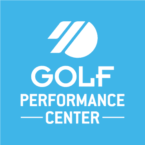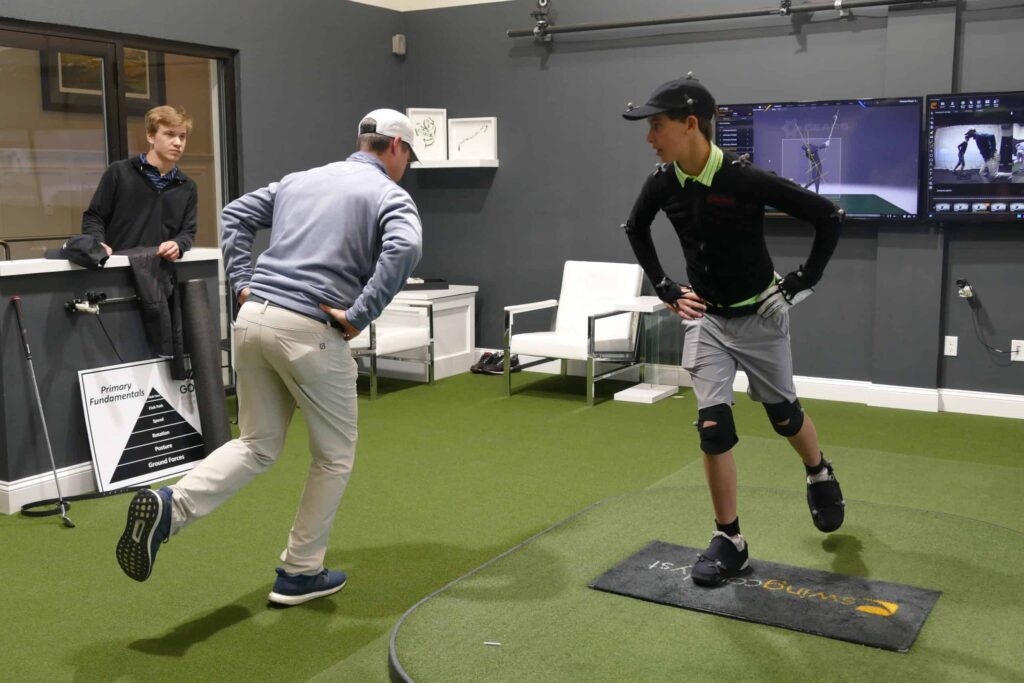Last week we introduced the basic concept of how the muscles of the body work in groups to create movement. Today we will look at how the body works together to take the club back and achieve an efficient position at the top of your backswing.
Once the athlete begins to rotate away from the golf ball, the anterior and posterior (front and back) slings of the body begin to work in tandem for stability and support as the club becomes extended out in front of them and away from their center of gravity. To do this, the body acts much like the scaffolding we see across the front of a building in New York City. How is that scaffolding supported? Well, we’ve all seen it, it is held up by two crossing steel poles that form an “X” and provide the strength to support a board running across the top of each. Likewise, you have two anatomical “slings” across the front of your body, and two slings across the back. If one side of the scaffolding isn’t “pulling its weight” it will collapse and come crashing to the ground. The same concept applies to our bodies.
As the body rotates to the top of your backswing, the anterior oblique sling becomes activated and elongated. Meanwhile, a posterior oblique sling becomes activated and shortened. The anterior oblique slings are made up of your adductor muscle group, your abdominals, and the opposite side oblique muscle groups primarily. The posterior slings are comprised of the lat and the opposite side glute and hamstring complex. If one of these slings is not working, compensation can creep in causing inefficient movement and an increased risk for injury as a result. Think of connecting these areas when performing exercises like chops, lifts, single arm rows, and presses. The coordination of these slings will yield more power in your golf swing!
SEE YOU IN THE ZONE!


